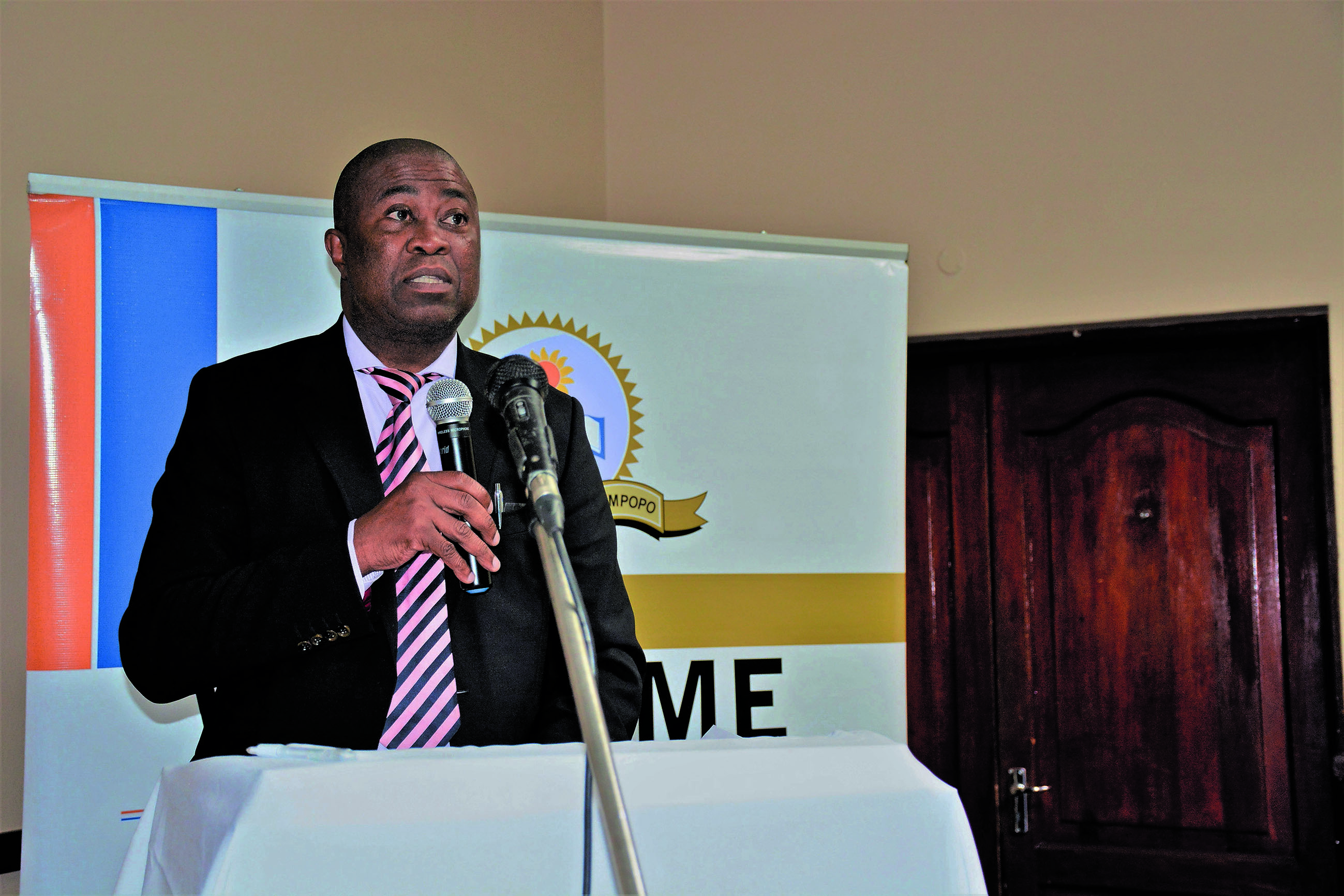Limpopo Premier Chupu Stanley Mathabatha addresses the AMI conference initiated by the department of science and technology
South Africa has shifted from a primary and secondary economy in the mid-20th century to an economy driven primarily by the tertiary sector, which accounts for about 65% of gross domestic product, with mining being the main driving force behind the history and development of the economy.
The country’s total mineral reserves remain some of the world’s most valuable, with an estimated worth of $2.5-trillion. However, having the abundance of natural resources does not automatically translate to downstream beneficiation. There is a need for dedicated interventions to address constraints in order to realise a competitive advantage for the mineral beneficiation industries.
South Africa adopted the Minerals Beneficiation Strategy in 2011 to transform the industry from being largely resource-based to knowledge-based. Despite these contributions and developments, the minerals sector still faces many difficulties, which is why research, development and innovation (RDI) remains so important.
 DST Director General Dr Phil Mjwara says the DST is leading the AMI as it is critical to ensuring the country beneficiates
DST Director General Dr Phil Mjwara says the DST is leading the AMI as it is critical to ensuring the country beneficiates
According to the director general of the department of Science and Technology, Dr Phil Mjwara, enhancing existing linkages along the minerals value chain through more advanced technologies could potentially lead to growth and development, and contribute towards ensuring the long-term viability and sustainability of the minerals sector.
The DST is championing the Advanced Metals Initiative (AMI) programme, a strategic materials science research and development programme focusing on mineral beneficiation along the value chain through the development of technologies specifically related to material science in advanced metals.
Mjwara says that while the DST is championing the AMI programme, the overall objective need is for a co-ordinated programme to inform research direction and investment.
The DST and the science councils — Mintek, the South African Nuclear Energy Corporation and the Council for Scientific and Industrial Research — established the programme in 2006.
The programme consists of four research and development networks: light metals, precious metals, nuclear metals, and ferrous metals. They are tasked with innovating and developing technologies and products across the advanced metal value chain.
The AMI projects provide opportunities to develop skills aligned with the beneficiation and manufacturing goals of the programme.
Says Mjwara: “We hold the view that finding solutions to problems affecting our country, continent and the world requires collaborative research on a local, regional and international scale.
In addition, improved levels of international collaboration, as well as collaboration and partnerships between government and academia can help drive human capital development, thereby developing the next generation of skills.”
Minerals underpin the economic strength of many countries. However, for the developing world, the stakes are higher. Africa holds 95% of the world’s platinum group metals reserves, and is the second-largest producer of both titanium and zirconium-bearing minerals. This potential wealth means little if its proceeds do not address the poverty and inequality that have until now undermined development and prosperity.
“The DST is committed to developing the minerals and materials science component of the National System of Innovation, and will continue to provide science, technology and innovation solutions,” concludes Mjwara.
Zama Mthethwa is the account executive at the department of science and technology